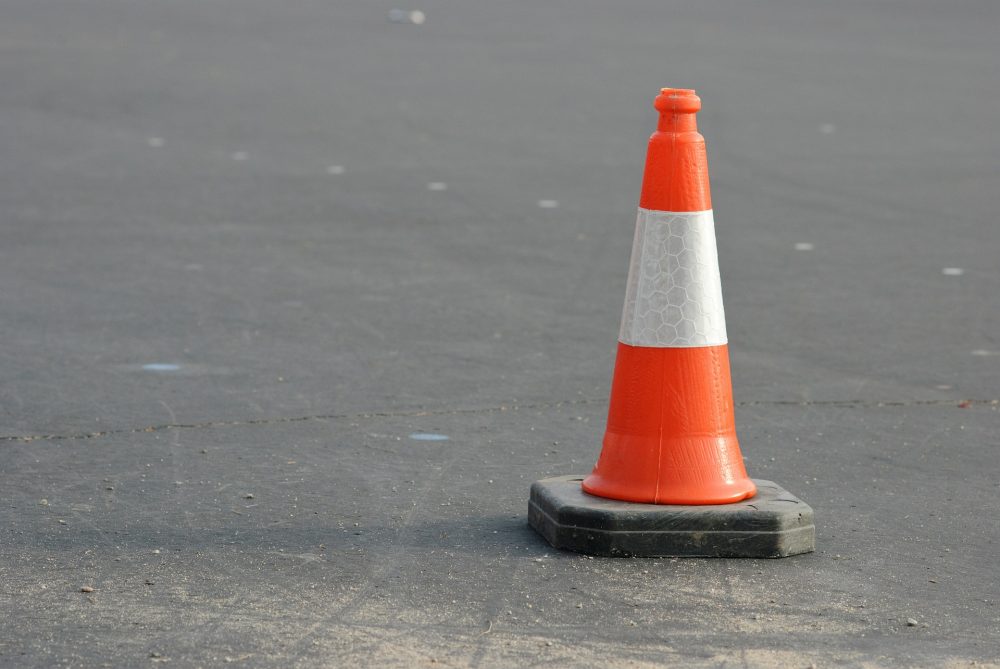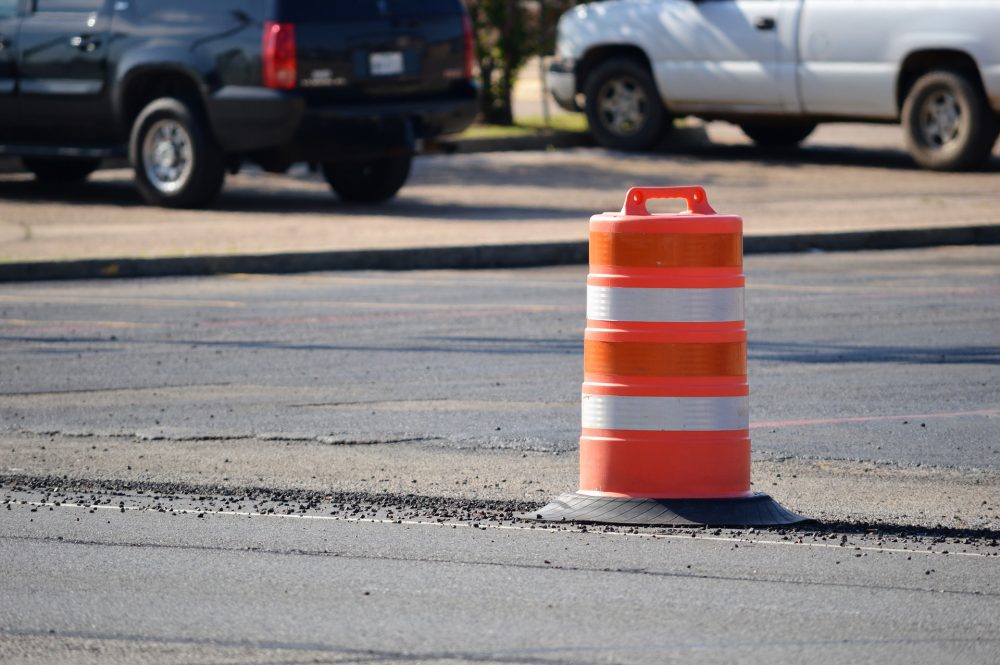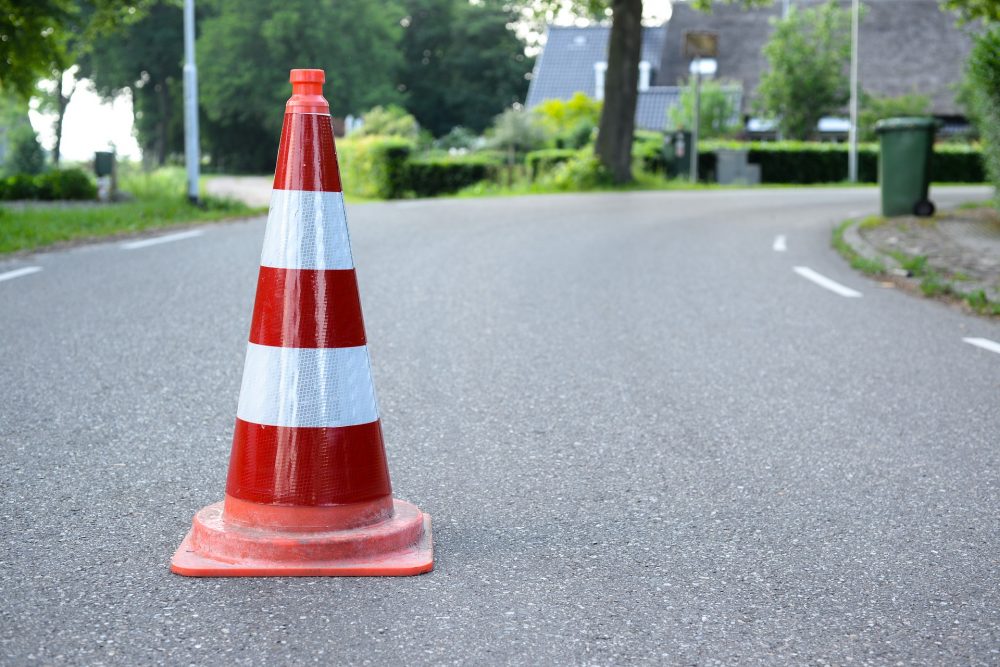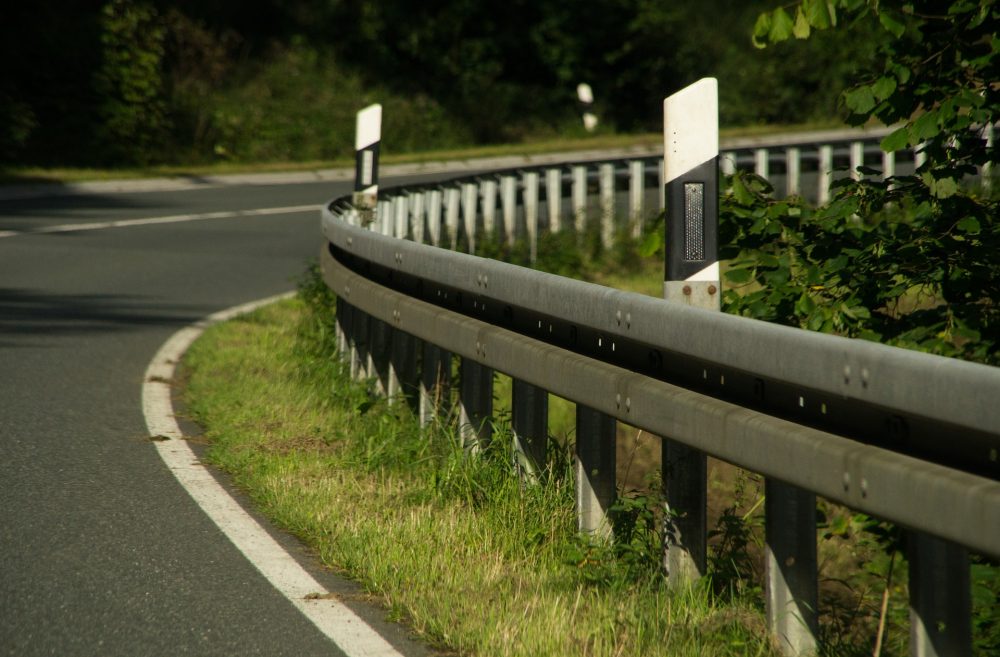A Guide to Different Types of Traffic Markers
The different names and designs of safety cones, and how they're used

Photo: memyselfaneye via Pixabay
When driving on the highway, it’s common to pass through construction zones filled with orange markers telling you where to go. Since traffic cones are all over our streets, it’s easy to not give them much thought. But these useful markers create visual and spatial barriers along roads in dangerous areas to help keep us drivers safer.
Safer Drives: Discover the perks of OnStar and Connected Services
The diversity of traffic cones
Road cones — also known as traffic pylons, highway cones, safety cones, and construction cones — come in all shapes and sizes. Here in the U.S., orange is the most typical color of cone to see. Though, sometimes you might see other colors such as lime green or blue, as Safety Resource Center’s Chris Giarratana shares. These can be used to signal entrances and exits for drivers and high-traffic parking areas, respectively.
Types of safety cones
In general, there are three main types of portable traffic control markers based on their shape: drums, cones, and tubes. Tubes can also be categorized based on the shape of their top: traditional (flat/round hole), grabber (a knob to pick up by), and looper (a ring through which rope can be strung). Here’s a general overview of some of the traffic markers frequently seen on American roads, as Traffic Safety Warehouse confirms.
Drum

Photo: Christian Allen via Pixabay
The most common safety indicator used on freeways is shaped like a barrel and stands about three feet tall. Drums are heavy, durable, and can be seen from far away, so they’re ideal for use around high-speed traffic areas. They can be mounted with extra reflectors.
Cone

Photo: Rudy and Peter Skitterians via Pixabay
Synonymous with indication caution areas, traffic cones come in all shapes, sizes, and colors but aren’t used very frequently these days. You’ll typically find them in parking lots or on the sides of roads where cars are temporarily parked. They’re usually carried and used by everyday motorists in emergency/immediate situations.
Marker
These tall, thin cones–alternating colored and white sections that look like a hybrid between a tube and cone–are often seen in zones where pedestrians and traffic are next to each other. For instance, these are ideal for use in public street festivals to show what areas of the street are being closed off for pedestrians, as these tubes often have loops where rope can be added to create a path.
Channelizer
Caltrans maintenance crews installed approximately 120 lineal feet of channelizer on both sides of this 200-foot-long crosswalk on Sunset Avenue in Arcata Tuesday morning. Feedback from pedestrians that use the busy stretch of road was extremely positive! pic.twitter.com/cRBTbd4AZA
— Caltrans District 1 (@CaltransDist1) October 23, 2019
These tubes are used to guide drivers at low speeds through/around areas of work zone activities. They have wide, heavy bases and two-or-three reflector rings (called collars) at the top.
Delineator

Photo: Tom via Pixabay
These posts resemble channelizers but are used in more long-term, local environments, such as roundabouts and merges. They have smaller bases but can be adhered to the ground for long-term use. Some delineators also come in more unconventional shapes like these delineators used to designate bike lanes in Los Angeles.
Part of @LADOTBikeProg’s goal at @CicLAvia was to evaluate whether we can drop in permanent delineators. What did you think? ? bike.program@lacity.org #ciclavia pic.twitter.com/j9wToS6Uu4
— LADOT (@LADOTofficial) July 1, 2019
As enlightening as it is to know the names and uses of different traffic cones, it’s also important to remember to drive cautiously through construction zones. Brush up on some safety tips to remember when driving through work areas. Then arm yourself with these strategies to avoid getting stuck in traffic jams.
More Peace of Mind With Pets: Tips for road-tripping with pets

Whitney Russell resides in Dayton, though her spirit can be found beach-bumming in Puerto Rico (the land of her half-Puerto Rican heritage). When not crafting car-related content, she can be found chasing after the most amazing toddler in the world, watching her “beaver” of a husband build amazing woodworking projects, hanging out with two crazy dogs, and visiting family and friends. She also enjoys traveling, crafting, and binge-watching period dramas when time allows. See more articles by Whitney.

